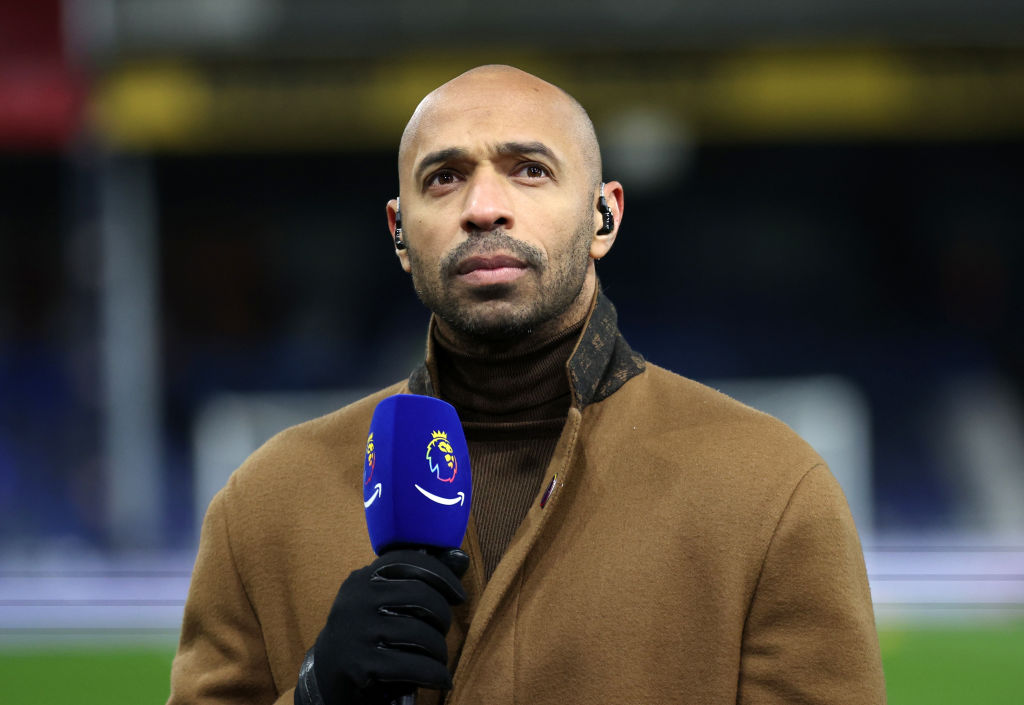28 future Premier League managers... when they were young
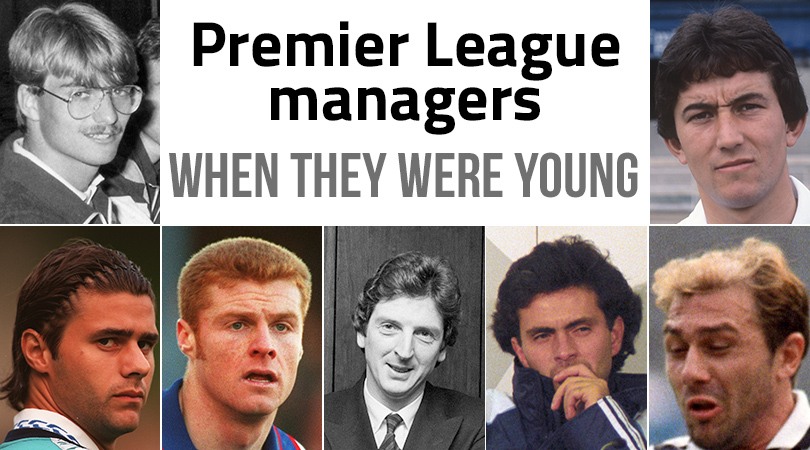
Premier League managers - when they were young
These days there's an entire 'news' industry devoted to digging into the ancient social media blatherings of half-entities in order to unearth misguided statements from their past. But things used to be much simpler. Let us return to a time when the worst we could expect was an embarrassing photograph your mum kept framed on the wall.
So behold a gallery of youthful mugs who went on to become famous football managers, thinking they'd left their fashion crimes and bad haircuts well behind them (no such luck, Jurgen). We might even find a surprisingly attractive Mike Phelan...
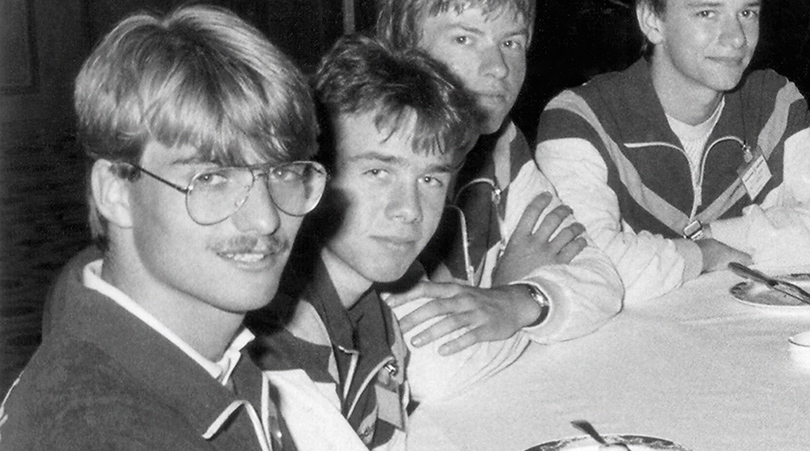
Jurgen Klopp
Oh my. Teenage gawkiness is difficult at any time, but multiply it by mid-80s “style” and you get photographic gold. Ladies, meet the TuS Ergenzingen team, passing the butter dish at a Hamburg hotel in April 1985. They’re in the seaport for a youth tournament, even if their minds might be wandering to the forbidden pleasures of the Reeperbahn.
At the left, still only 17 but completely determined to finish that moustache someday real soon, is Jurgen Norbert Klopp. The team’s six-foot target man, he will eventually turn professional with Mainz, switching to centre-back halfway through an 11-year playing career then managing the club from 2001 – clean-shaven.
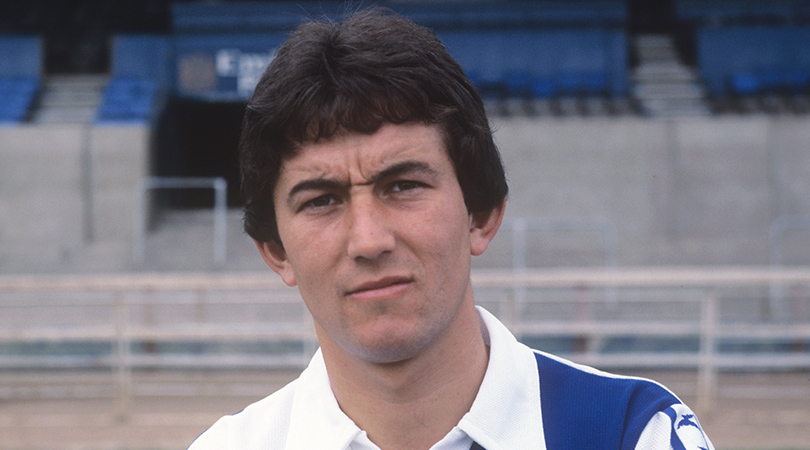
Tony Pulis
Clad in the sort of haircut that normally detaches from a plastic toy’s head, a 20-year-old Tony Pulis regards the camera with arm-folded disdain for the 1978/79 Bristol Rovers photoshoot. Pulis spent the thick end of a decade with the Pirates, either side of a curious diversion to Hong Kong side Happy Valley.
Perhaps unsurprisingly a no-nonsense defender – according to his Bournemouth boss and managerial mentor Harry Redknapp, he “couldn’t actually play, he couldn’t pass it more than five yards” – Pulis nevertheless had a fine tactical brain: by the time of this photograph he already had an FA coaching badge, and he got his UEFA A-licence at 21.
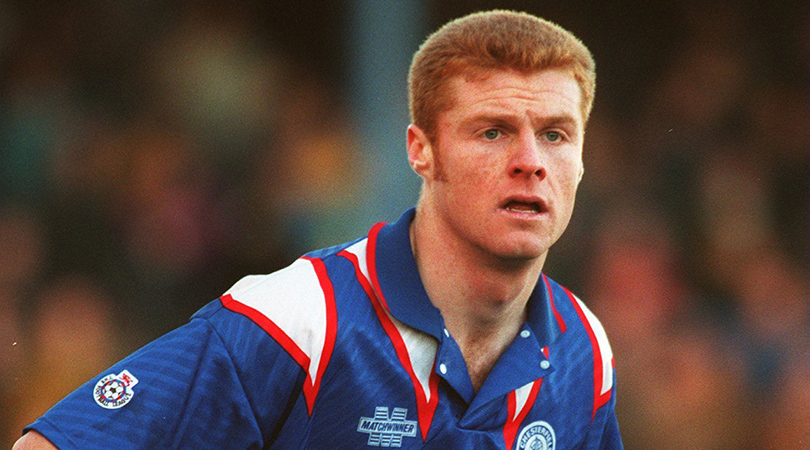
Sean Dyche
Up north, they say of someone whose looks never change that he was “born with his face on”. By the time of Chesterfield’s run to the 1996/97 FA Cup semi-finals, their skipper Sean Dyche had settled upon a simple look: clippered hair, close-cropped goatee, neat sideburns.
Before that, though, Dyche looked a lot less like he’d been hewn from a ginger rock. This shot, from some time in 1994/95 (promotion from the fourth tier) or 1995/96 (just shy of the third-tier play-offs), shows a chap notably more naked of chin and bouffant of hair. Soon Sean would hit upon a different design - and stick with it for decades.
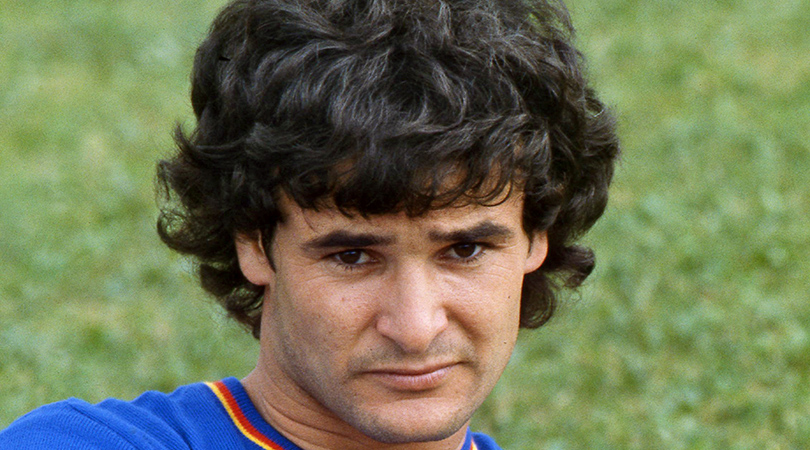
Claudio Ranieri
In April 1980’s Oh Boy! magazine for teenage girls, our pin-up is Claudio Ranieri, 28. Cuddly Claudio, who’s a professional footballer with Italian side Catanzaro, loves to get away from the noise of his job by taking his dog for long walks in the country.
He says that he likes to make people happy wherever they are, even somewhere like Leicester. The lovable Roman is the emperor of our hearts!
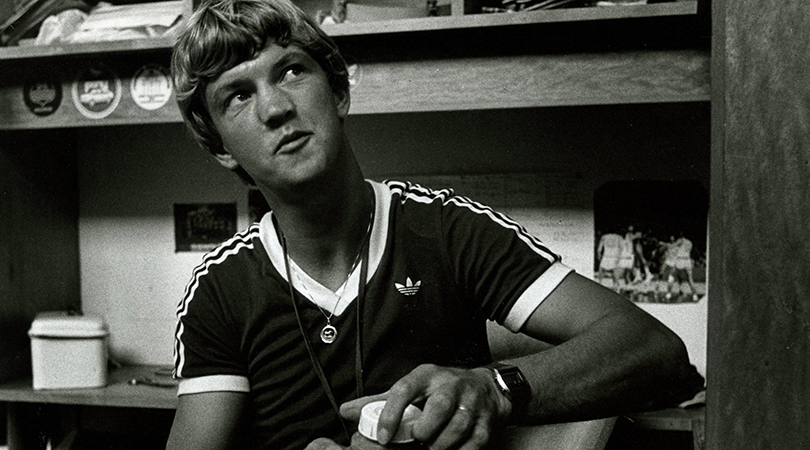
Louis van Gaal
The Dutch do take a good photograph. This is one of many from the vaults of Voetbal International, and it shows a 26-year-old Louis van Gaal attempting to take the world’s most 1970s photograph by screwing the lid on his Thermos flask while wearing a trefoiled Adidas T-shirt.
This being early in the 1978/79 season, we join Aloysius Paulus Maria van Gaal as he settled into life at Sparta Rotterdam, where he would spend the bulk of his playing career. Having failed to trouble the Ajax first team, he returned there as a manager and won the Champions League instead, bolstering the CV with top-flight titles at four clubs across three countries.
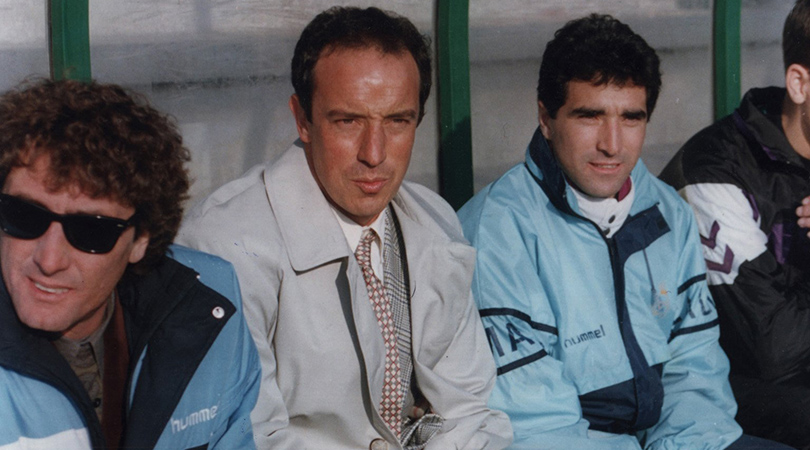
Rafa Benitez
For those managers who didn’t have much of a playing career, it’s difficult to unearth pictures from too far back, but we can still join them at crucial formative times in their development. Here we have a 33-year-old Rafael Benitez in September 1993, recently anointed as Real Madrid’s under-19s manager, literally rubbing his hands together in anticipation yet also regarding the big green chessboard in front of him with steely-eyed attention to detail.
By this point Benitez had already been on Madrid’s coaching staff for six years, and was doubtless plotting a career path to the Bernabeu manager’s office. He got there eventually, but probably wouldn’t have guessed it would take him via Liverpool, Inter, Chelsea and Napoli.
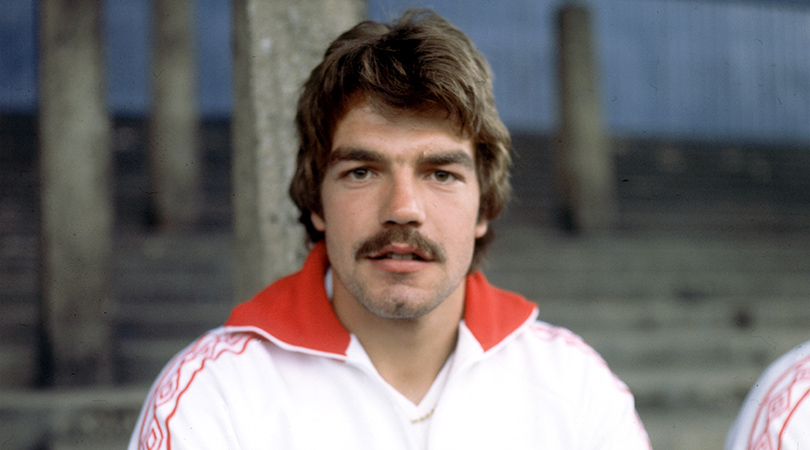
Sam Allardyce
Summer 1978, and Bolton Wanderers centre-back Samuel Allardyce is preparing for his maiden top-flight season with a photoshoot on the Burnden Park terraces. At 23, he had already spent eight years at Bolton and would complete the decade before an increasingly peripatetic playing career took him to eight more clubs from Sunderland to Tampa.
He would return to Bolton as manager, guiding them from the second tier into Europe during a garlanded eight-year spell – although by the time they hit those heights, the moustache had gone the way of the Burnden Park terraces. With naked top lip, Allardyce would later manage Newcastle, Blackburn, West Ham, Sunderland, England, Crystal Palace and Everton.
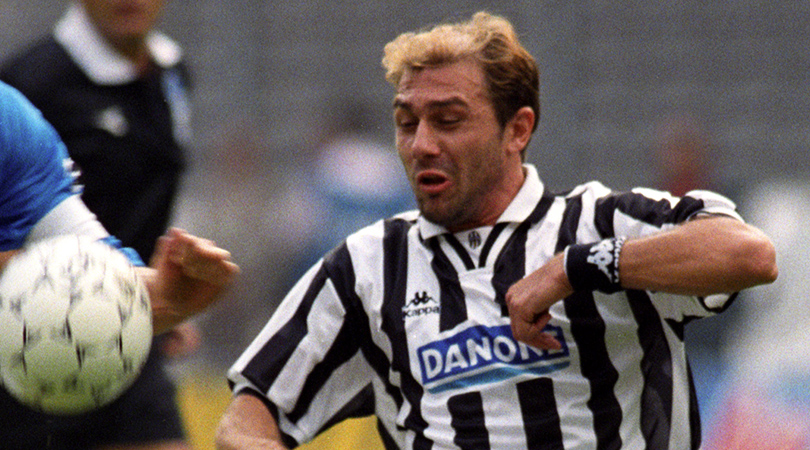
Antonio Conte
Terrible things happened in the 1990s. One of them happened on Antonio Conte’s bonce. Although he now gives the impression that he has always had that slightly puppet-like mop of straight hair, skeletons lurk in Conte’s closet. This evidence of a misguided bleach party is from Juventus’s September 1994 clash with Sampdoria (his opponent here is legendary Azzurri centre-back Pietro Vierchowod, who as the son of a Ukrainian Red Army soldier was obviously nicknamed “the Tsar”).
If you don’t know Conte’s playing style but have watched the teams he’s managed, you will be unsurprised to learn that as a midfielder he was combative, consistent, quick, hard-working and incredibly energetic. He spent 13 years at Juventus, captaining them to triumphs continental (the 1996 Champions League) and domestic (five Serie A wins in a nine-year spell). The bleach didn’t have quite the same longevity or success.
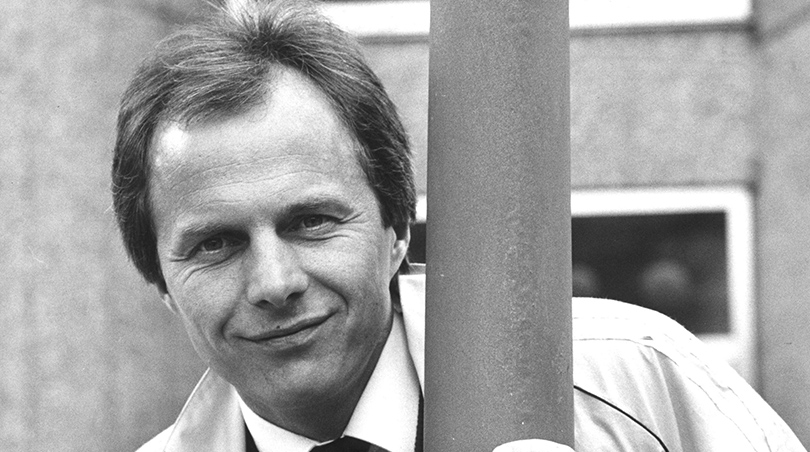
Sven-Goran Eriksson
Making the most of a photo location which appears to be entirely grey, IFK Gothenburg gaffer Sven-Goran Eriksson peeks coquettishly around a lamp-post in this May 1982 sizzler. Just 34 years old - and yet to suffer the rampant rearward march of the hairline and degradation of eyesight - Svennis had the world at his feet as well as a lamp-post in his hands: his Gothenburg team were about to beat Hamburg home and away to win the UEFA Cup.
That triumph sealed Sven’s passage to Benfica, where he won the league; Roma, where he won the cup; Lazio, where he won the league; and England, where he won some tournament knockout games (doesn’t sound much, but it hasn’t happened since). That qualified him for a lucrative tour of global coaching jobs. Not bad for a bloke whom few of the Gothenburg players had heard of upon his hiring in 1979.
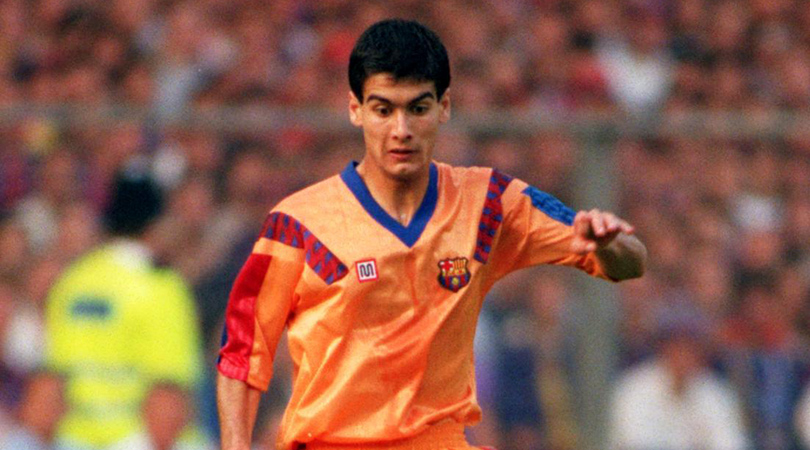
Pep Guardiola
Suffering from a terrible away kit, a slightly awkward pose and a haircut that looks like the top of a microphone, young Josep Guardiola is nevertheless having the time of his life. He’s barely 21, but he’s a key component of Johan Cruyff’s Dream Team: having spied Guardiola in the youth ranks as a right-winger, Cruyff recast the kid as the central pivot.
Here, he’s at Wembley in the last European Cup Final before the Champions League relaunch – and more importantly, he’s helping his beloved Barcelona to their first triumph in the premium continental competition. Wisely, they switched back to the Blaugrana shirts for the long-overdue celebrations.
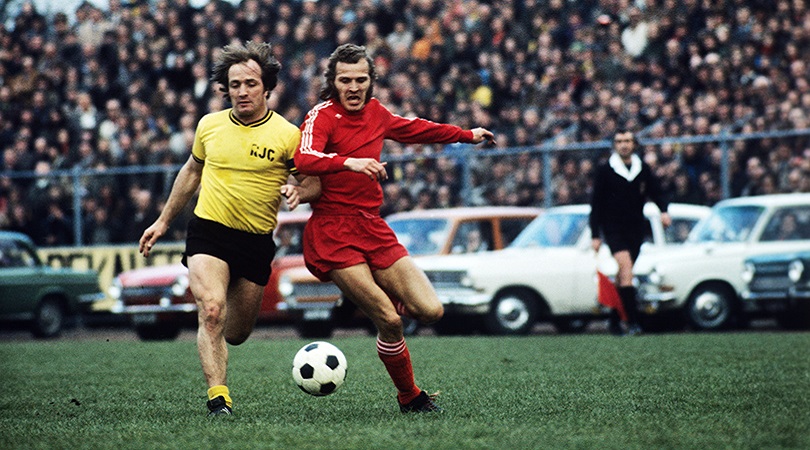
Dick Advocaat
Here’s a period piece, for few things date a picture like the presence of motor cars. To be fair, this photo is from 1975 - and what a photo it is. In a management career of over 30 years which took him from Rangers to Russia via South Korea, Serbia, St Petersburg and Sunderland, Dick Advocaat adopted the look of twinkly-eyed uncle – greying sideburns, hair swept over the top and often a little too thick at the back.
But here he is in mortal combat with PSV’s Rene van der Kerkhof, whose simian sideburns contrast with Dick’s flyaway locks and pad-free shins, all this observed by a fenced-in crowd, a car dealership and a linesman apparently strutting along in Noel Coward’s dressing gown.
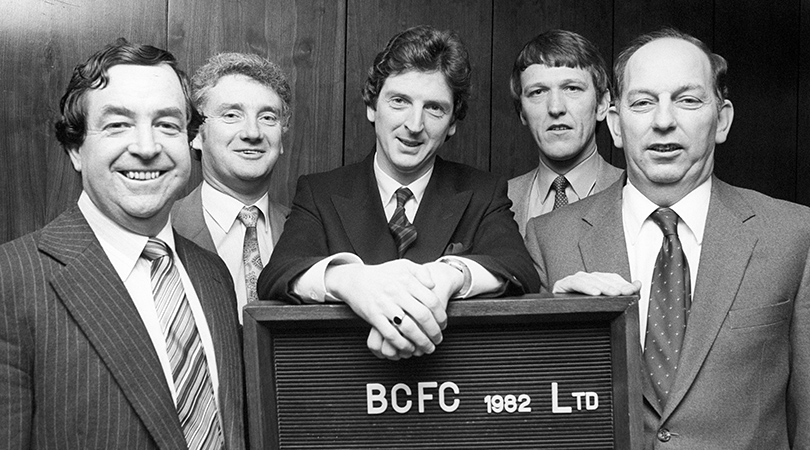
Roy Hodgson
This 1982 image could function as a Rorschach test. If the viewer is confident and perhaps a little cocky, it could seem like the world’s most beige photograph, of several middle-aged white men apparently destined to sell you insurance. But flip the concept and it could be very dark indeed: “It would be a terrible shame if something bad happened to your business…”
In fact, something bad did happen to Bristol City’s business – they went bust (hence the relaunch) – and even bright young manager Hodgson, just 34 but already a double title-winner in Sweden, couldn’t help. He later described his Ashton Gate spell as “nothing short of a disaster” and fled back abroad (Swedish clubs, the Switzerland national team, Inter) before being tempted back to Blighty with Blackburn in 1997.
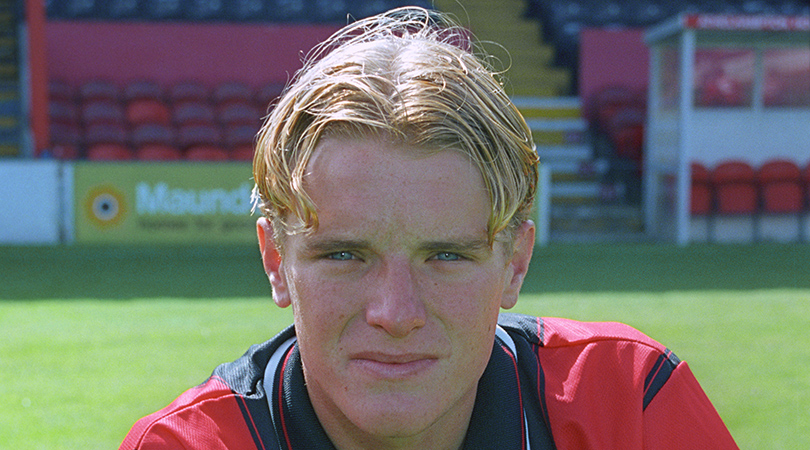
Eddie Howe
Looking out from beneath his “curtains” hair-do in FourFourTwo’s fifth-ever issue, back in late 1994, was a Bournemouth trainee called Eddie Howe, not quite 16 years old. Young Edward would have to wait more than a year to make his first-team debut, but by summer 1998 he was enough of a first-team fixture to have his own headshot in the new-season photocall.
As you can see, nothing much has changed: Howe’s still at Bournemouth, still very well-regarded and still looks about 12… but he has, wisely, ditched the curtains.
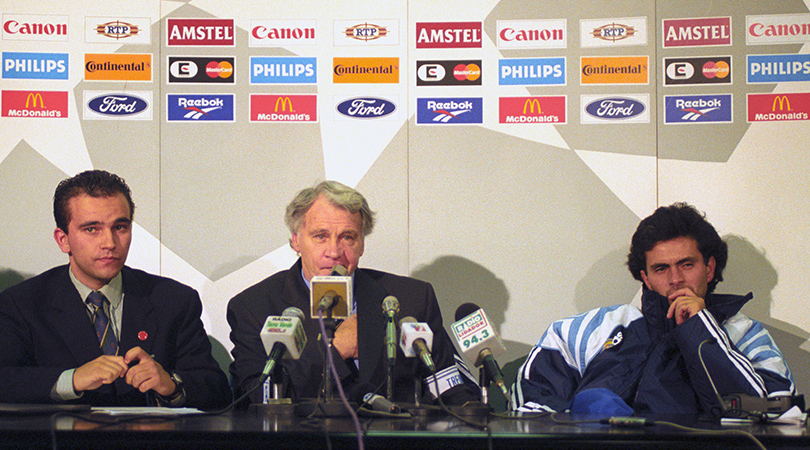
Jose Mourinho
Slouched confidently in his chair, scanning the press conference for friends and enemies, Bobby Robson has an ally at his side. The Porto boss had hired the twentysomething Jose Mario dos Santos Mourinho Felix as an interpreter at previous club Sporting; very much admiring the young man’s knowledge, Robson allowed him to gradually extend his remit through scouting, planning and coaching.
By the time the pair moved to Barcelona in 1996, Mourinho was Robson’s assistant manager, with his own career plan in mind. Encouraged by Robson’s successor Louis van Gaal, who even allowed Mourinho to manage the first team in minor tournaments, the Portuguese started his own rather notable managerial career. Robson later unsuccessfully begged Mourinho to join him at Newcastle as his No.2 with a clear succession plan in place. Now there’s an alternative universe for you.
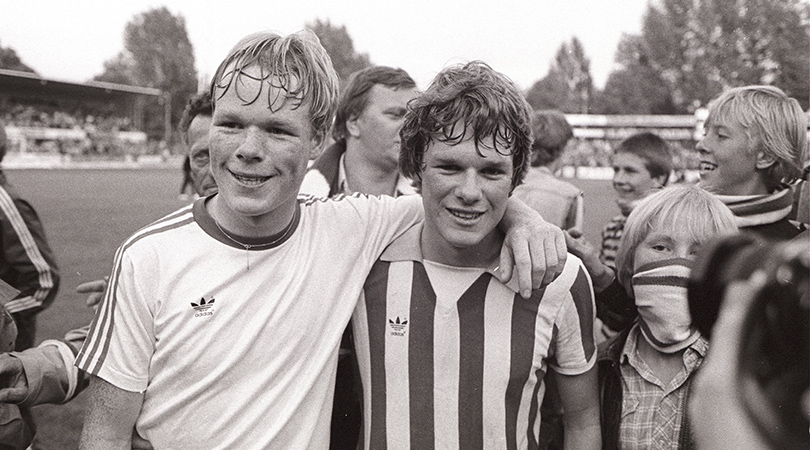
Ronald Koeman
Here’s nice. It’s May 21 1981 and Groningen’s hotly-tipped 18-year-old centre-back Ronald Koeman enjoys a post-match embrace with his older brother Erwin, who’s all grown up at nearly 20 and having left Groningen for PSV. Young Ronald, having made his Groningen debut at 17, went on to bang in 33 goals in his first 90 games – not bad for a striker, let alone a centre-back.
Ronald would go on to a glittering career with Netherlands, Ajax, PSV, Barcelona and Feyenoord, before switching to management. Hired by Southampton in 2014, he appointed Erwin as his assistant, then took big brother with him to Everton. There’s nice.
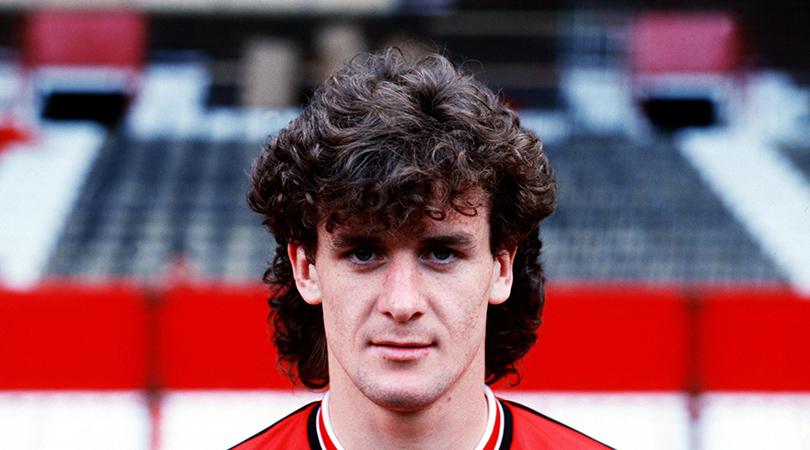
Mark Hughes
In his novel Nineteen Eighty-Four, George Orwell imagined a horrific future with a totalitarian government repressing all opposition. When 1984 itself arrived, Britain was far from beautiful, but at least citizens could express their individuality in their hairstyle.
Mark Hughes certainly enjoyed the nominatively feared year: breaking into the Manchester United team in spring, he attended the club’s pre-season photoshoot wearing the then-popular helmet hairstyle visible from space. It didn’t stop him becoming United’s top scorer that year, mind.
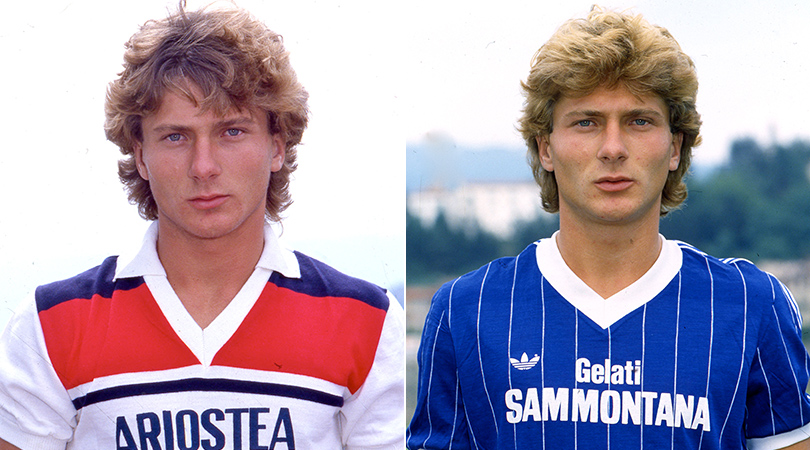
Walter Mazzarri
Two for the price of none here. Walter Mazzarri arrived at Watford in 2016 as a grizzled fiftysomething with a football CV listing 18 Italian clubs, most of which you couldn’t locate on a map unless you’re the sort of knowledge-hoover who can tell your Reggina (whom he managed) from your Reggiana (for whom he played). As is Watford’s MO, he lasted a season before being shunted; he left unloved and unmourned, just another Pozzo-appointed pub-quiz question in waiting.
But if we’d known he was such a smouldering stunner in his younger days, we’d have paid much more attention. For here is Walter in his early twenties at Empoli, the 1984 model (left) somehow improved by the blond highlights of the 1985 vintage (right), who’d look at home swanning about on a yacht.
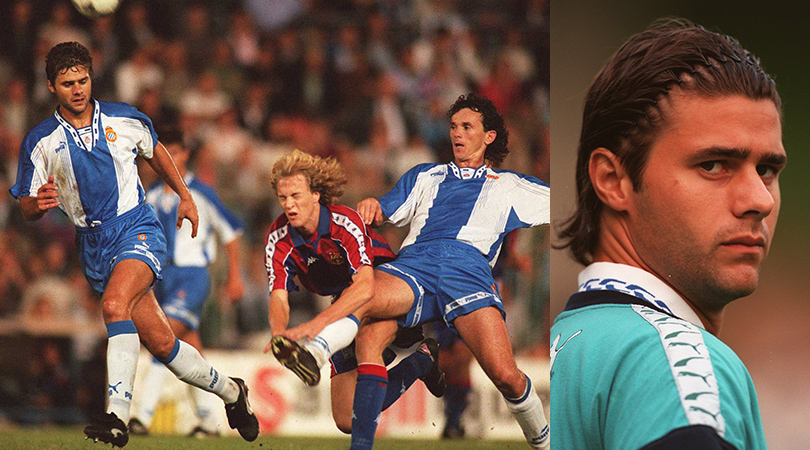
Mauricio Pochettino
It’s summer 1996, and while England listens to Oasis, reads Loaded magazine and chuckles along to Baddiel & Skinner, it’s a different world in Catalunya. Rocking the metrosexual look waaaay before it became de rigeur on these sheltered isles, Espanyol defender Mauricio Pochettino smoulders into the camera.
The Argentinian had joined The Other Team In Barcelona two summers previously upon their return to the top flight, and stayed for six and a half years before switching to PSG. The Parisians were his employers during the 2002 World Cup, when his leg-poke in the general direction of Michael Owen helped Pierluigi Collina award the penalty which gave England their last finals win against top-class opponents.
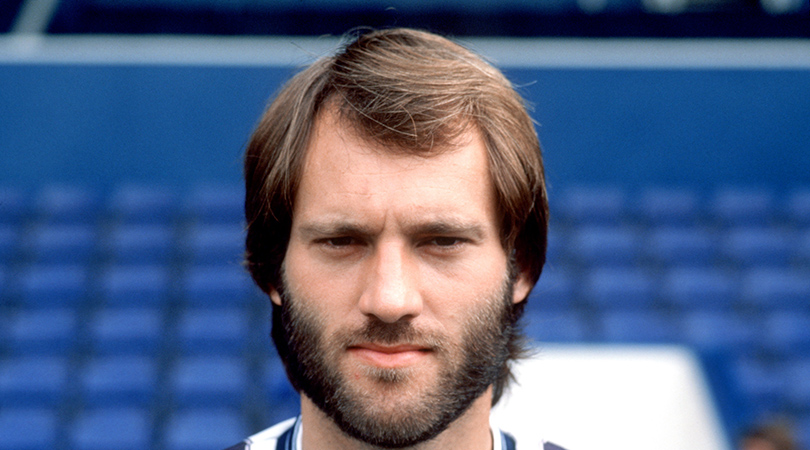
Martin Jol
Bearing a passing resemblance to Benny from Abba, Martin Jol attends West Brom’s 1983/84 pre-season photoshoot. Do not be deceived by the cuddly looks: he was “very aggressive,” according to Baggies team-mate Gary Owen, “no shrinking violet” who was “only ever a tackle away from a sending off”. You get the picture.
He could play a bit, too – he won the cup with ADO, had a brief stint with Bayern Munich and won three Netherlands caps. That combination of tactical awareness and self-belief set him up well for managing Roda, RKC, Spurs, Hamburg, Ajax and Fulham, but since leaving Craven Cottage in December 2013 his only job has been a six-month stint at Egyptian giants Al Ahly.
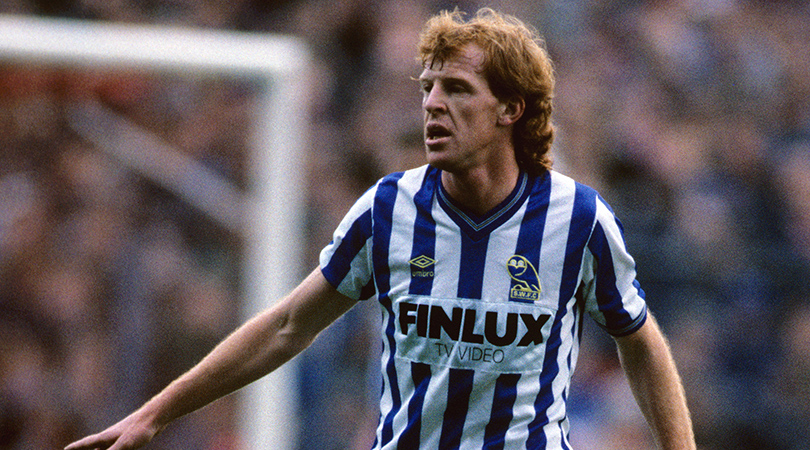
Gary Megson
The son of Sheffield Wednesday legend Don Megson, Gary spent the two longest spells of his playing career at Hillsborough. Having helped the Owls to the top flight in 1983/84, he hopped down the M1 to join Nottingham Forest – except that Brian Clough hoofed him out without playing a single game, saying he “couldn’t trap a bag of cement”.
Although Megson was more tough tackler than tippy-tappy technician, that assessment was hardly fair. He returned to Sheffield (via Newcastle) and we see him here looking gorgeous in late 1986. He would later return again to Hillsborough as manager, although he had far more success at West Brom: two promotions and the honorific medieval title “Lord of the Manor of West Bromwich”.
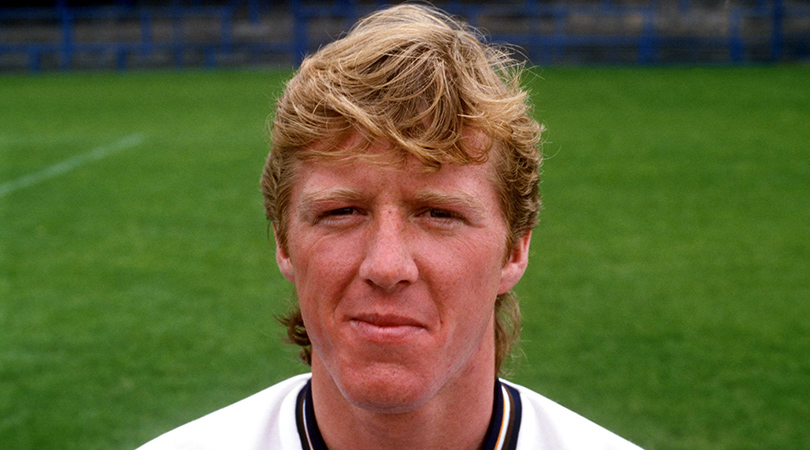
Steve McClaren
Summer 1986, and Derby County midfielder Steve McClaren has every right to look pleased with himself. Halting a decade’s gentle slide down the divisions after the league titles won under Brian Clough and Dave Mackay, Arthur Cox’s Rams have just been promoted from the third tier – and will go on to win the Second Division title by six clear points.
By his own admission a jobbing lower-tiers midfielder, McClaren couldn’t get in the Second Division team and ended up loaned to Lincoln. He returned to Derby as Jim Smith’s assistant in 1995, later switching to Manchester United before a varied management career: success with Middlesbrough and Dutch title-winners FC Twente, but failure with England and several clubs since.
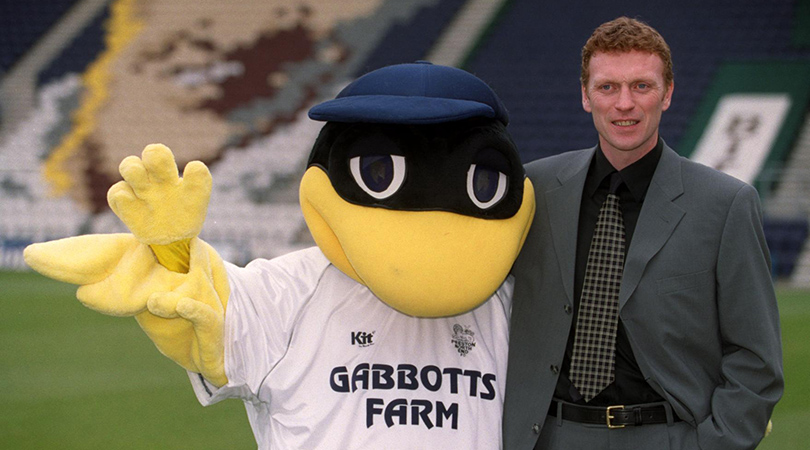
David Moyes
In truth, Moyesey doesn’t look very different now to this 2000 photoshoot: a touch more engraved around the eyes, perhaps, with the ginger long since faded to grey. And compared to some sartorial inelegances in this slideshow, his clobber isn’t too bad either; maybe the suit’s a little too powder-coloured and power-shouldered, but he could lay claim to inspiring Diego Simeone’s black-shirt look. Possibly.
However, let it not slip by unnoticed that our Davie, less than two years into his managerial career, is malleable enough to be photographed cuddling a six-foot duck. Don’t let the casual hand-in-pocket stance fool you: Moyes knows this is wrong, very very wrong.
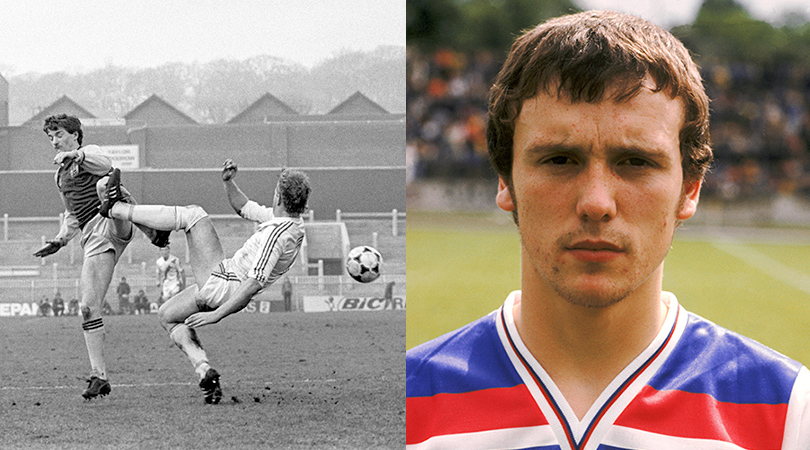
Mike Phelan
Yes, THAT Mike Phelan. Fashion being cyclical, sometimes old looks seem fresh; that forward-brushed haircut wouldn’t look out of place on an indie guitarist these days, and at every Britpop gig in the mid-90s there were thousands of young men who looked like this. This is Phelan as a promising teenage Burnley defender, partaking in the 1981 U18 Euros.
Sadly for Mike’s potential legion of admirers, he immediately dated himself by growing a moustache, and by the time he shaved it in 1993 he had another follicular problem: his forehead was longer than his face. That stylish fringe had legged it backwards, eventually to disappear over the horizon of his skull. Doesn’t make him bad, it just makes him bald.
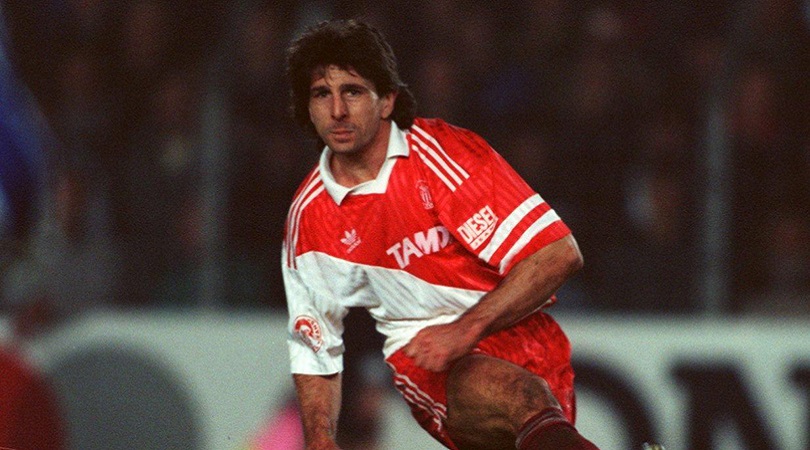
Claude Puel
A diminutive defensive midfielder, 5ft 9in Claude Puel did like a tackle; his former Monaco manager Arsene Wenger called him “a fighter”, whose hard work in midfield allowed Glenn Hoddle to create, Mark Hateley to score and Wenger’s Monaco to win the 1988 Ligue 1 title.
Puel – pictured in October 1993 – stayed at Monaco from 1977 to 2001, from the ages of 16 to 40. Hanging up his boots in 1996, he rose through the coaching ranks, managed his side to the Ligue 1 title in 2000 and then a year later found he didn’t have his contract renewed. His subsequent managerial career has taken him to Lille, Lyon, Nice, Southampton and Leicester.
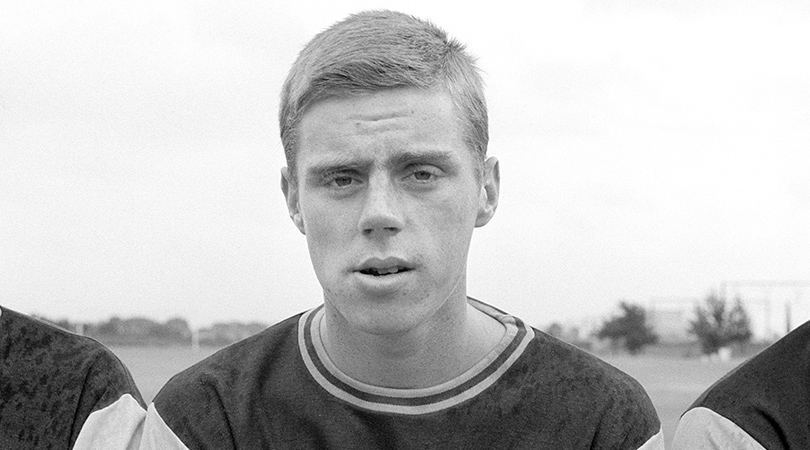
Harry Redknapp
February 1967, and before the summer of love, the spring of optimism. Marking time until the imminent end of his teens, Henry James Redknapp had been at the club since 1962 and turning out sporadically for the first XI since August 1965.
He was about to become a regular in Ron Greenwood’s team – as well as at Cafe Cassettari opposite the Boleyn Ground, where players would sit and discuss tactics using the salt and pepper pots. The inevitable move into management started in his late twenties, as player/coach during summer seasons with Seattle Sounders, before becoming Bournemouth boss in October 1983.
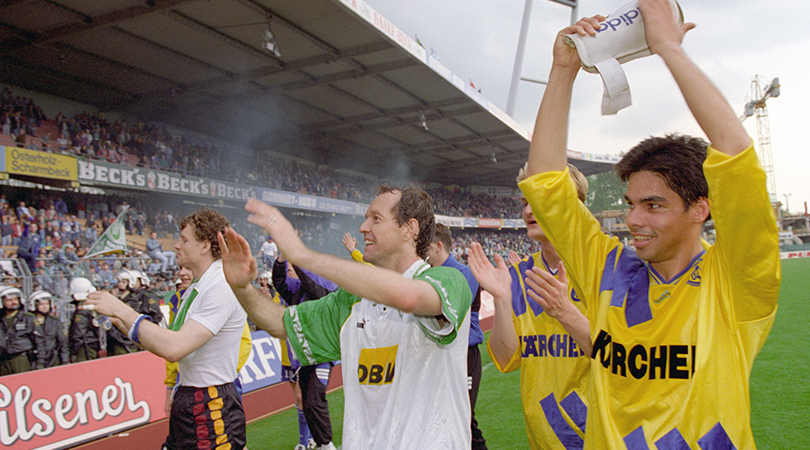
David Wagner
Were you to pop in a time machine, set the dials for Werder Bremen’s away end on May 18 1996 and ask upon an Schalke fan for the most likely future Premier League manager in their line-up, you’d get an understandably perplexed response. For a start, the supporter might be too busy celebrating Schalke’s best season in two decades and long-awaited return to European competition to wonder why his heroes might managerially migrate to a backwater league on the edge of the continent.
Pushed to respond, perhaps he’d nominate characterful goalkeeper Jens Lehmann (on the left in this pic)? Maybe veteran American Thomas Dooley (centre, white shirt)? But almost certainly not bit-part striker David Wagner – at right, shinpads aloft…
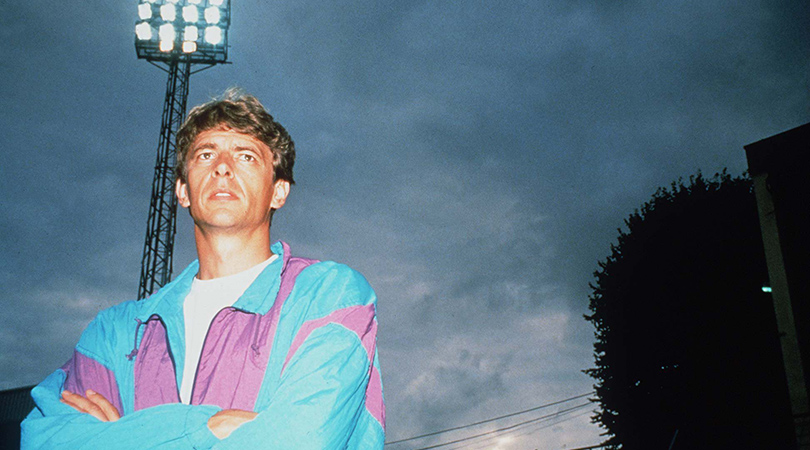
Arsene Wenger
By the time he arrived at Arsenal in October 1996, Arsene Wenger tended to dress in the sort of suits-and-specs combo that earnt him the nickname Le Professeur.
Things might have been different if he’d taken to wandering Premier League touchlines dressed in dayglo shockers like this. It’s difficult to pass yourself off as an enigmatic intellectual if you’re clad in the sort of shellsuit colour-scheme that even David Icke might consider a bit busy.
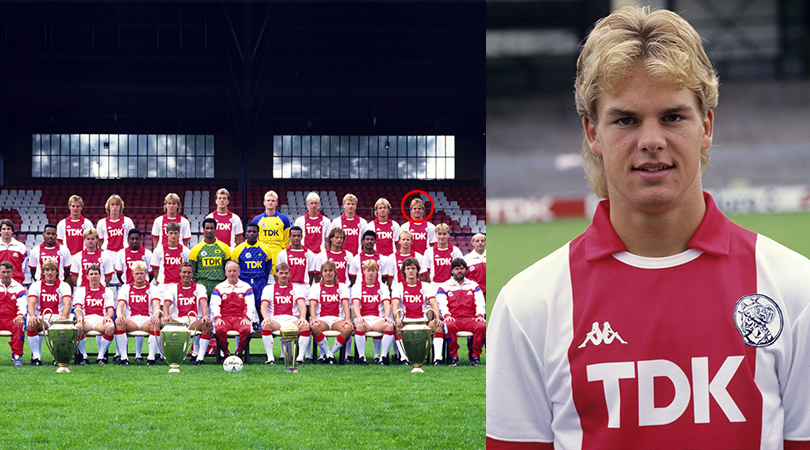
Frank de Boer
They say style never goes out of fashion, but some fashions definitely go out of style. Rocking up for the 1988/89 Ajax photoshoot, Franciscus de Boer had just turned 18, and having already made his first-team debut in the cup, was on the cusp of his breakthrough season: by October he was a first-team regular and would go to win five league titles before switching to Barcelona.
By that time, he had wisely turned his back on this hairstyle, which isn’t so much Consummate Defender as Eighties Gap-Year Traveller: a tragic hat-trick of blond highlights (or botched bleach job), fluffy curtains and capacious mullet to the rear.
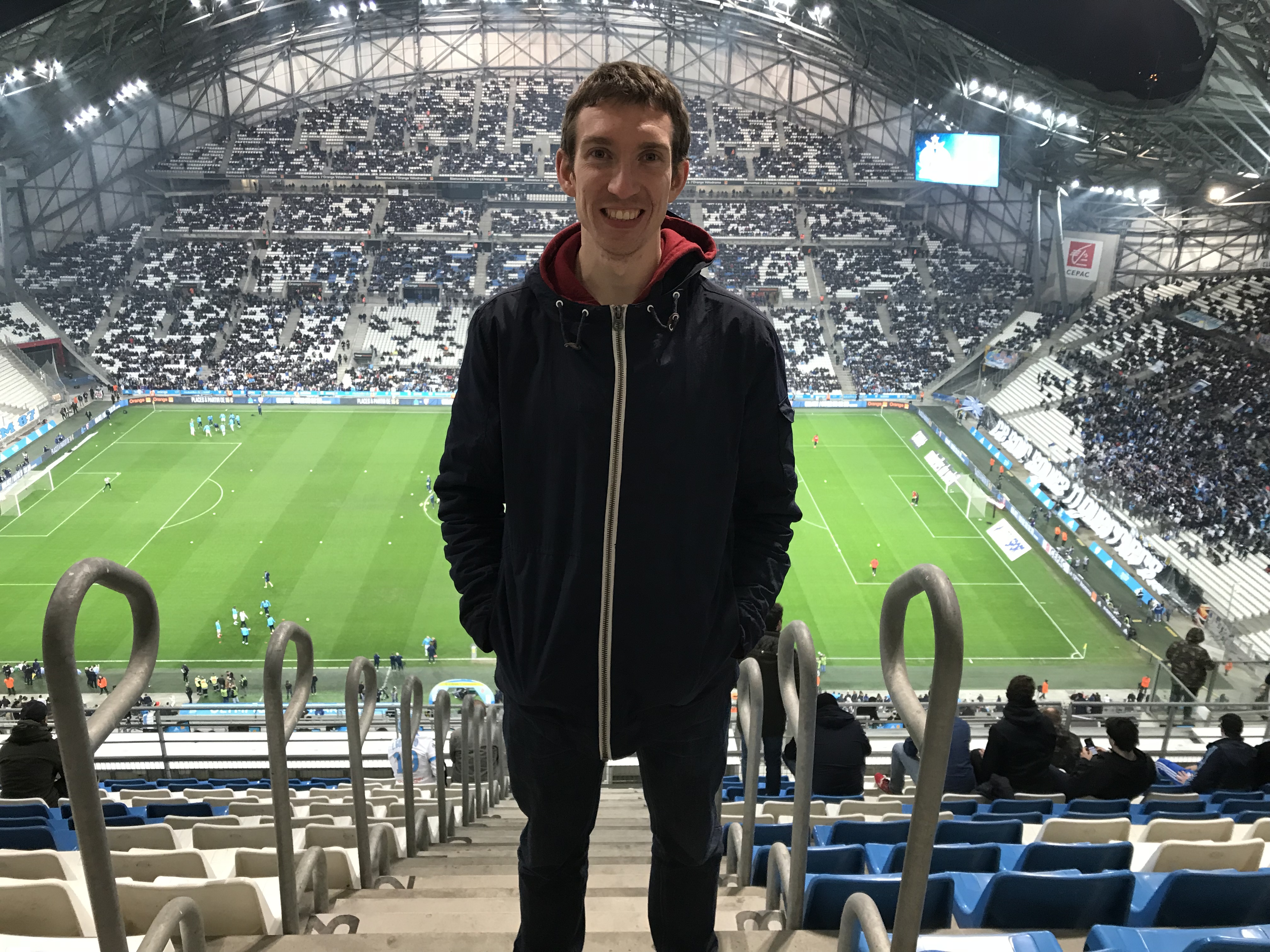
Greg Lea is a freelance football journalist who's filled in wherever FourFourTwo needs him since 2014. He became a Crystal Palace fan after watching a 1-0 loss to Port Vale in 1998, and once got on the scoresheet in a primary school game against Wilfried Zaha's Whitehorse Manor (an own goal in an 8-0 defeat).
